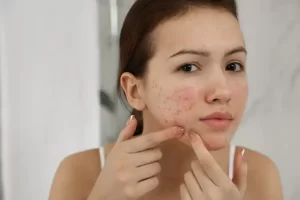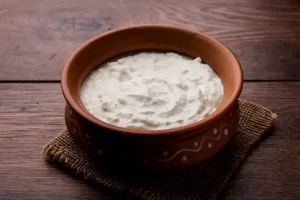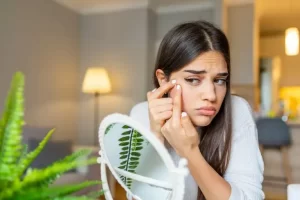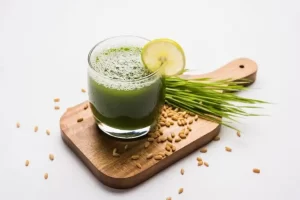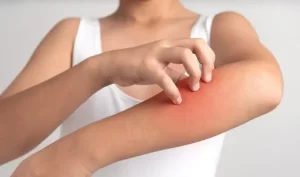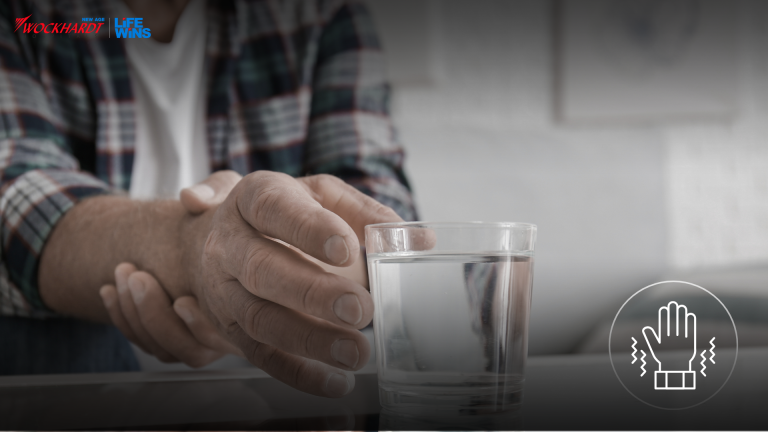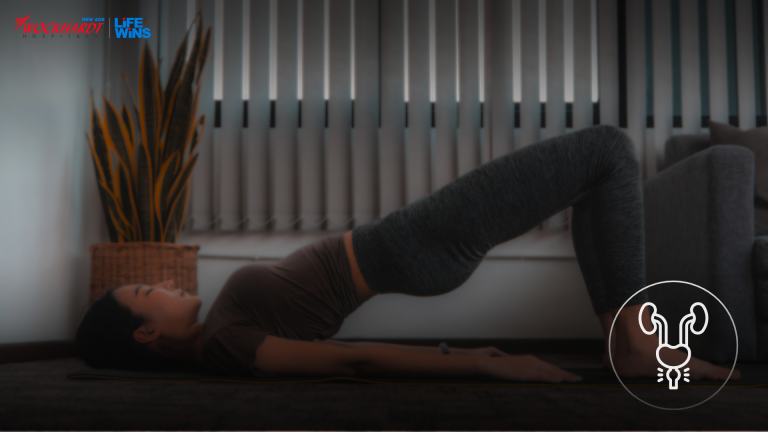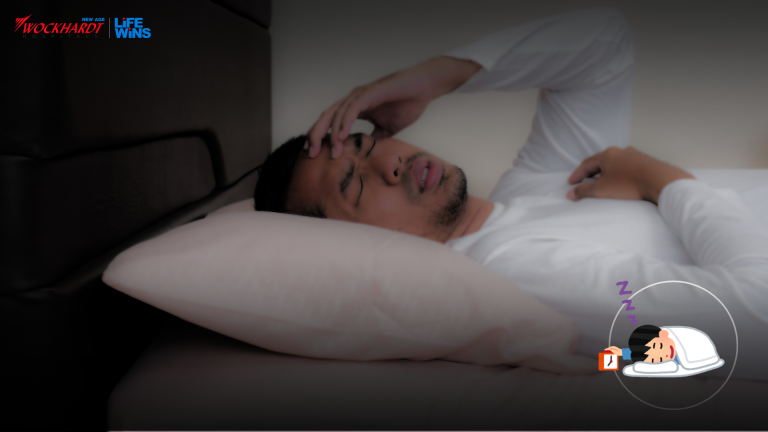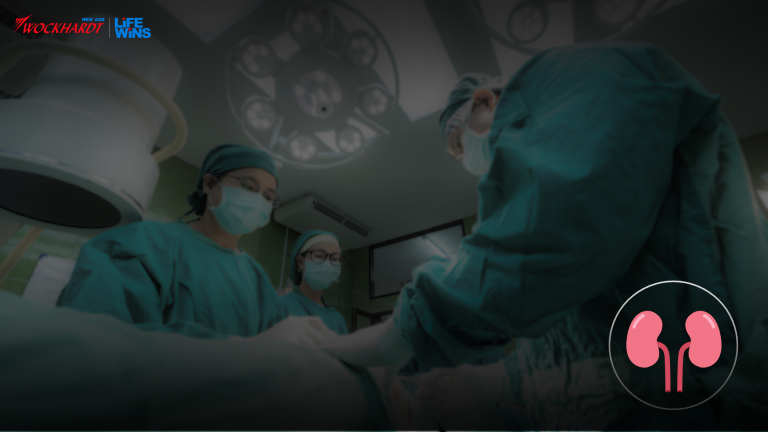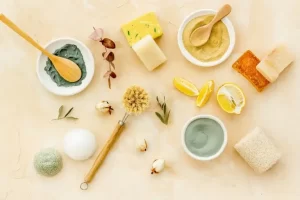
Are Organic Skincare Products Really Organic?
Organic skincare products mean that the ingredients used are free of pesticides, insecticides, herbicides, fertilizers, chemicals, GMOs, or any other additive that is ‘chemical’ in nature. But what exactly goes into an organic product? Organic is the buzzword these days. People over the years have shifted to everything organic. Organic food, clothes, skincare, and whatnot. Products ranging from a T-shirt, garden soil to a soap, has an ‘Organic’ label attached to them. Such common usage makes it questionable when products truly are organic and how can you tell a difference. Organic skincare products mean that the ingredients used are free of pesticides, insecticides, herbicides, fertilizers, chemicals, GMOs, or any other additive that is ‘chemical’ in nature. But what exactly goes into an organic product? India.com reached out to experts to understand are organic products effective and if they are ‘Organic’. Dr. Rinky Kapoor, consultant dermatologist, cosmetic dermatologist, and dermato-surgeon, The Esthetic Clinics says that, unfortunately, India still has a long way to go in standardizing organic products and most Indian companies are not under any legal obligation to provide the right information to the consumers. Companies in the US, Europe, etc. are under strict legal binding to ensure nothing goes wrong. Dr. Kapoor emphasized that organic products are just as effective as other products. “Vis-a-vis chemical-laden products, most organic products are non-allergenic are least likely to cause allergic reactions, breakouts, and inflammations on the skin.” Dr. Urvi Panchal, skin consultant, Clinic Dermatech says that organic products are often more difficult to preserve and therefore potentially riskier and more subject to contamination and microbial growth. Often, the organic label is added for marketing than for providing true health and safety. How do we really know that these products are organic? Dr. Panchal shares that product receive 4 different levels of certification from USFDA: 100% Organic- contains only organically produced ingredients, Organic- contains 95% organically produces ingredients, Made with organic ingredients- contains approx 70% organic, Specific ingredient listing- less than 70% organic ingredients can’t use the term ‘organic’ on the main packaging. What should we keep in mind? Dr. Kapoor stated that one should read the ingredient list. For example, some products might market as ‘the power of organically grown ginger’ but in the ingredient list, the actual ginger might be just 3%. Another point to keep in mind is to choose the organic skin care product according to your skin type. If you have oily skin then a shea butter organic cream will not help to take away the oiliness. How are the products any different from the ones stocked in our grandmother’s shelves and kitchens? Dr. Pooja Chopra, dermatologist, Aakash Healthcare, Dwarka, Delhi says that the only difference is how these products are prepared. But sometimes these homemade remedies don’t work for a long time and take a long time. That’s why people find it feasible to buy such products. However, the remedies that our mothers and grandmothers have given are marketed and packed in a manner of organic products. Likewise not every home remedy would work wonders on your skin in just one week or so the same is with organic products. Do we know what goes into products we buy that claim to be organic? Dr. Madhulika Mhatre, Consultant Dermatology, Wockhardt Hospitals Mira Road says that most people blindly trust brand recommendations by their friends or colleagues or blindly follow the claims made by advertising without giving much thought to what ingredients the product actually contains and how it may benefit/or not benefit their skin and skin type. So, there you go, now you know how you can identify skincare products before you buy and use them! Source: https://www.india.com/lifestyle/are-organic-skincare-products-really-organic-4778890/














